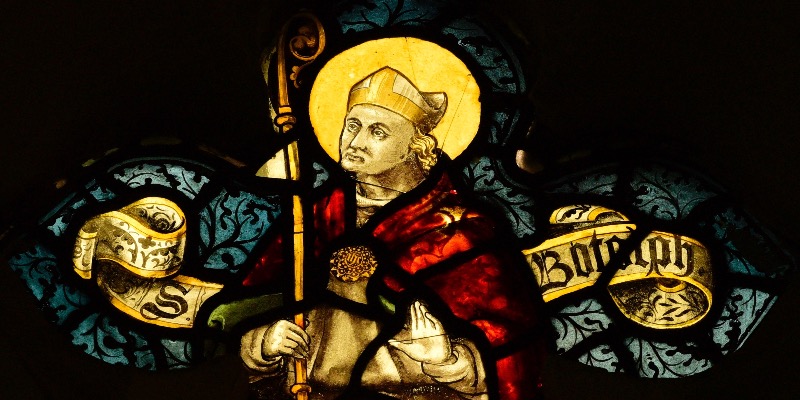The history of St Botolph's
700 years of worship in our church

We do not enter this church alone. We follow in the footsteps of parishioners and visitors for seven hundred years before us. Here came founders of several neighbouring ancient Colleges, the servants who worked in them, and the neighbours who lived in the surrounding streets and lanes of the city. Scholars such as Erasmus heard the very bells which still ring from the tower, as did visitors from London and elsewhere, entering the town by its ancient gate; in 1660 Samuel Pepys was taken to hear a sermon, and duly noted the text in his diary.
Astronomical observations which were eventually to lead to the discovery of black holes were made by a former Rector John Michell, in the eighteenth century, and two centuries later, the naturalist Charles Darwin’s grandson, Sir Charles Galton Darwin, a director of the National Physical Laboratory and Master of Christ’s College, was given a memorial here. James Essex, the eighteenth-century architect who worked all over Cambridge has his tomb in the churchyard and his family monument in the north Aisle, its words calling us to remember the Judgement. The evangelical president of Queens’ College Isaac Milner knew this pulpit.
Cambridge Bibles up to at least the mid twentieth century, many of them still in use, were printed in the parish and the men from the University Press who fell in the Great War are commemorated in the side chapel. Under our feet and on the walls are memorials to Cambridge citizens buried here in the hope of a joyful Resurrection. All these tokens unostentatiously witness to the faith of our forebears and show how St Botolph’s has influenced the lives of innumerable people, town and gown, residents and visitors, as it still does today.